


Italian chopine, c. 1590-1600
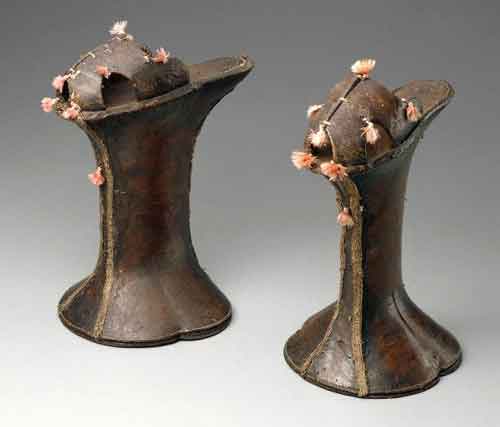
У женщин обувь в этот период была практически не видна, полностью закрывалась юбкой платья, лишь позже платья станут короче и можно будет видеть обувь на картинах.
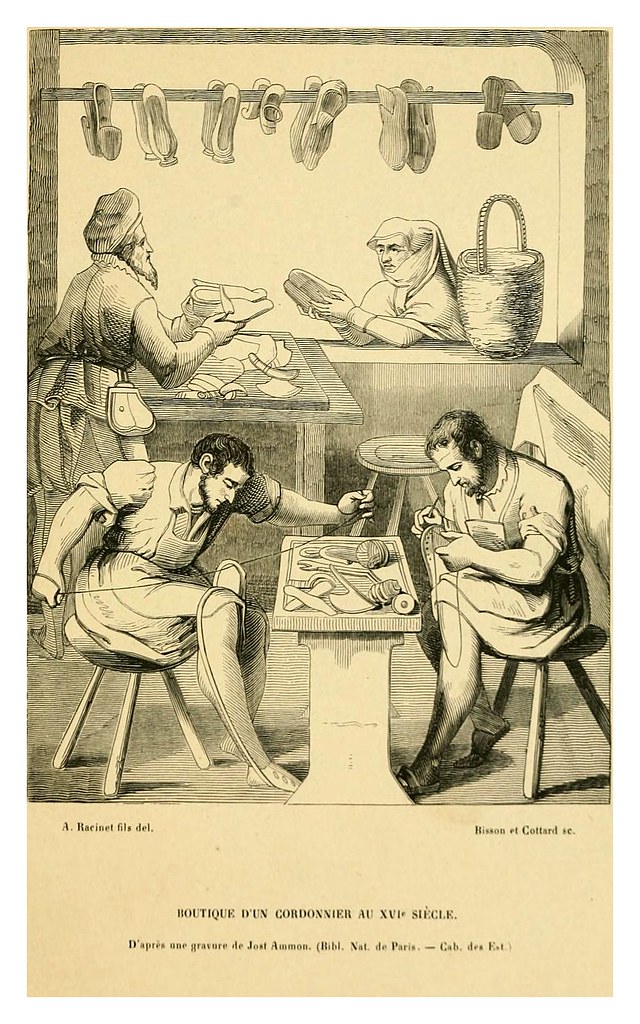
Обувная мастерская, 16 век
Negocio de un zapatero en siglo XVI-Histoire de la chaussure depuis l'antiquité Paul Lacroix y Alphonse Duchesne
================Обувь 15-16 века===========================
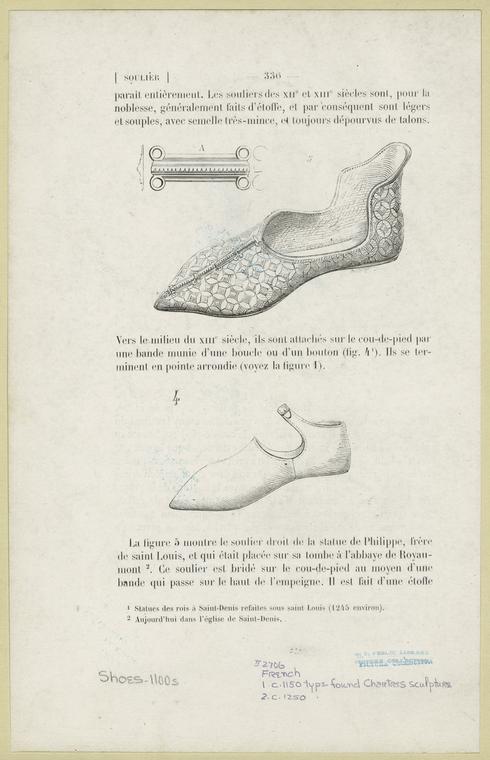
Souliér.
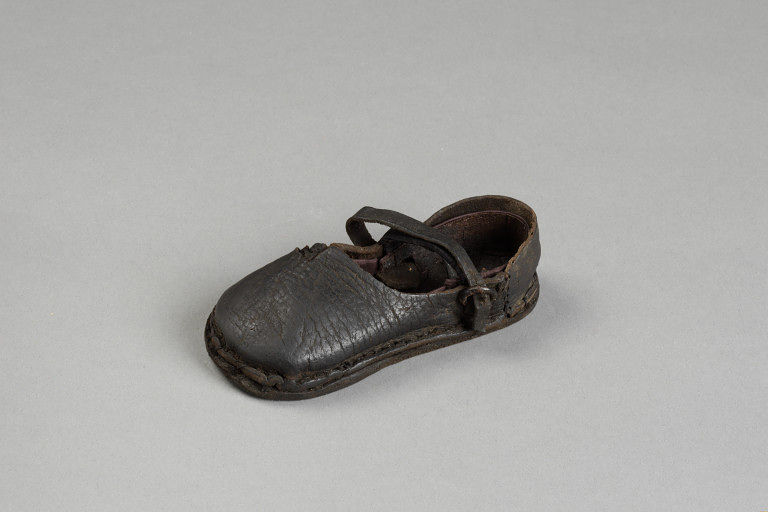
1450-1550 (made)
This amazingly modern looking shoe would have fitted a one-year old in the late 15th or early 16th century
http://media.vam.ac.uk/media/thira/coll
http://collections.vam.ac.uk/item/O1077
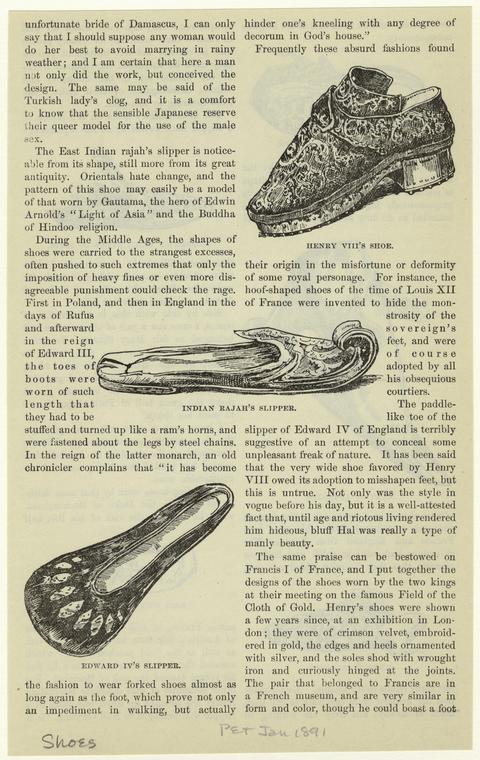
Henry VIII's shoe ; indian rajah's slipper ; Edward IV's slipper.
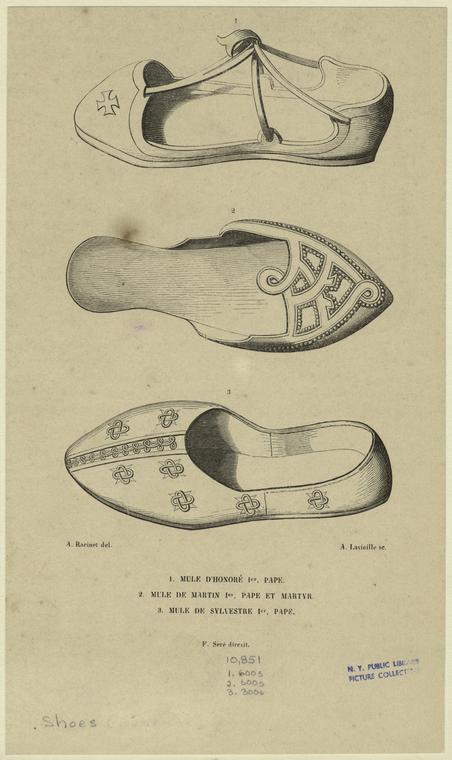
Mule d'Honoré 1er, Pape ; Mule de Martin 1er, Pape et martyr ; Mule de Sylvestre 1er, Pape
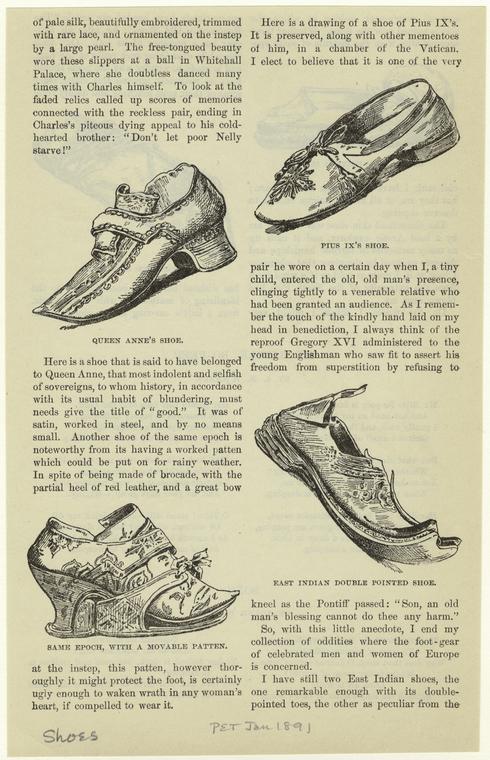
Queen Anne's shoe ; Same epoch, with a movable pattern ; Pius IX's shoe ; East Indian double pointed shoe.
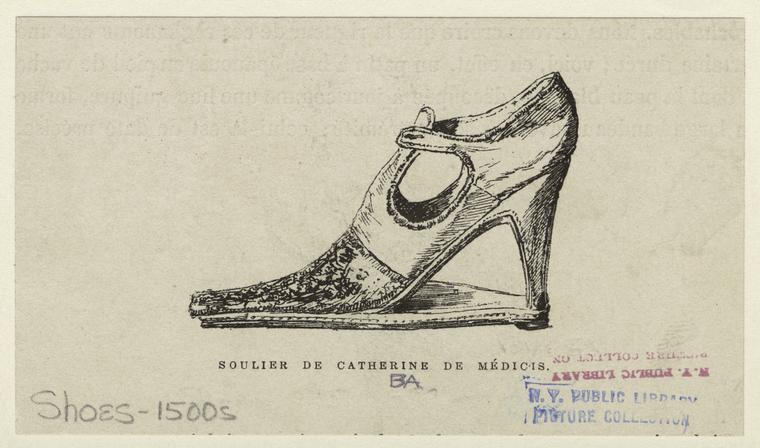
Soulier de Catherine de Médicis.
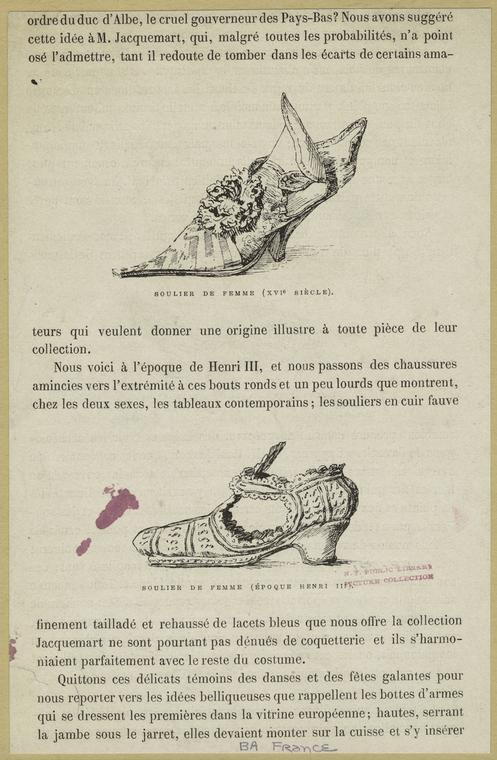
Soulier de femme (XVIe siècle) ; Soulier de femme (époque Henri III)

Autre botte a entonnoir d'un seigneur ; Soulier a patin d'une femme de qualitè. 17 век
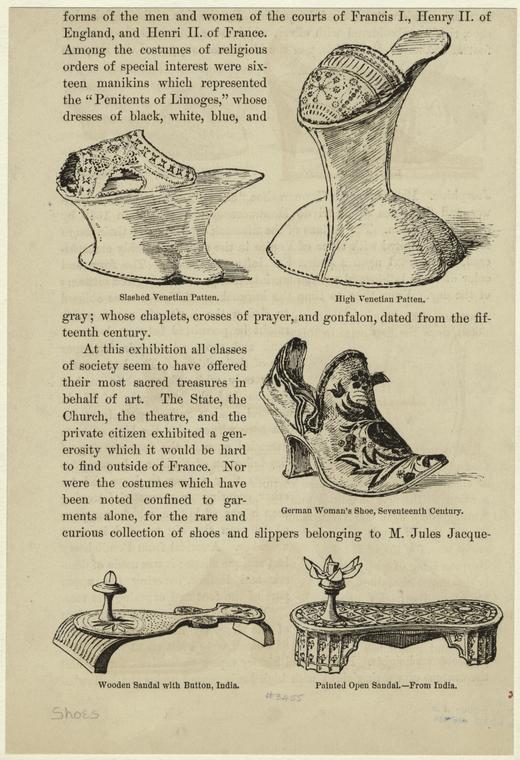
Pattens, shoe and sandals.
-----------------------Сhopines---------
========================================

"платформы" для защиты от воды и грязи
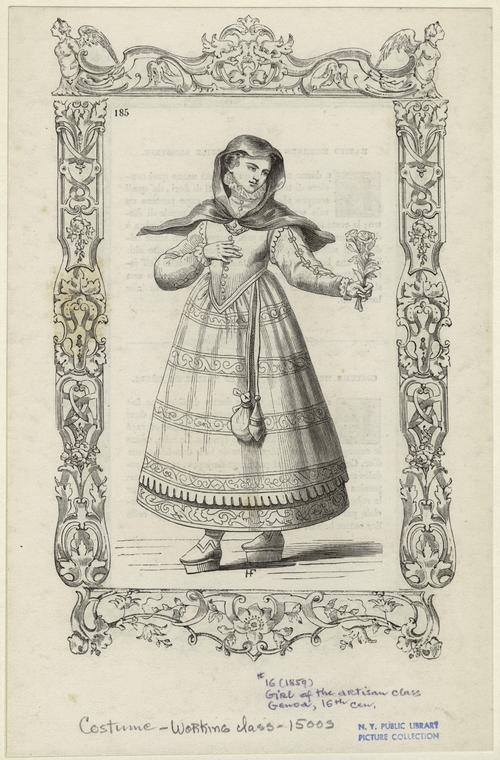
Girl of the artisan class, Genoa, 16th cen.
Девушка из среднего (мещанского) сословия.

Венецианская куртизанка.
Matrone Vénitienne (Pietro Bertelli) XVIe siècle ; Courtisane Vénitienne (Pietro Bertelli) XVIe siècle.
----------------------------
========================================
Этот тип обуви без задника назывался chopines, а в Англии их иногда называют pantobles, или mules.

Aphrodite, Greek, 1st century B.C. E. Louvre, Paris. Réunion des Musées Nationaux/Art Resource, NY
Обувь на "платформе" была еще в Древней Греции и считалась там символом власти и достатка.
Их носили в Испании,по всей западной Европе, в Италии они обрели большую популярность на рубеже 16-го века в Венеции. The style is closely related to the wooden stilt sandals called zoccoli worn earlier in Italy and the qab qabs worn in Turkey and the Near East. Они также тесно связаны с деревянными сандалиями- ходулями "цокколи", их носили ранее в Италии и "qabs" из Турции и Ближнего Востока.

Women in Syria and Turkey would wear kabkabs in bathhouses to avoid the hot floors and cesspools of human filth.

kabkabs; so named for the sound they make while walking
Их часто относят к обуви венецианских куртизанок, это не совсем так- их носили во многих странах, у Елизаветы I была такая обувь.

Испанские
Spanish chopines, before 1540, on loan from Kunsthistorisches Museum Wien, Sammulung Schloss Ambras, Ambras Castle, Austria. Photograph © Kunsthistorisches Museum Wien, Sammulung Schloss Ambras
Сначала они были типа шлепанцев- не имели задника.
В более поздних версиях с задником их можно было носить либо как боты, или как самостоятельную обувь.
В Испании их часто делали из пробки, в Италии- из сосны, иногда ее выдалбливали для уменьшения веса. Их обивали кожей, бархатом, парчой и шелком, позже, особенно когда обуви позволялось быть видной, их стали богато украшать золотыми галунами и шнурами, вышивкой и кружевом.

These undated chopines were worn by women in the 16th century according to artwork of the time.
Естественно, такая обувь делала передвижение очень сложным- в Венеции куртизанка опиралась на служанок по бокам.
Italian chopine, c. 1590-1600, on loan from Museo Stefano Bardini, Florence, Italy.

Museum Weissenfels Germany

Xray of a chopine showing spikes used to strengthen and attach the two blocks of wood used in its construction
http://kickshawproductions.com/blog/?ta
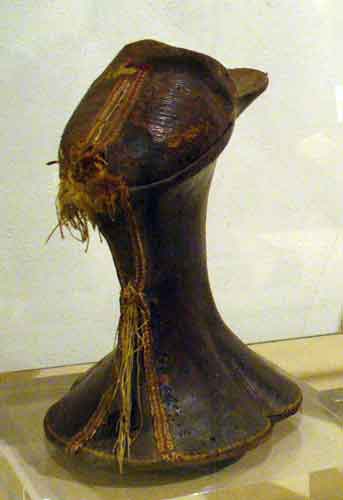
Museo_Stibbert_Florence
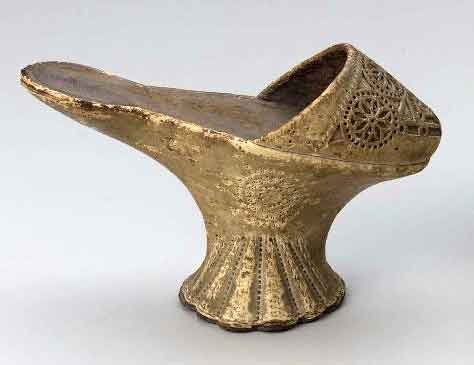
Museum of Fine Arts Boston
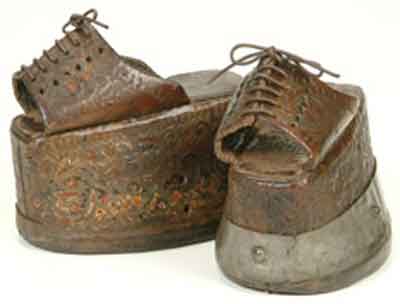
Solsona Museo Diocesano
------------------Венеция---------------

Venetian, Habiti antichi et moderni di tutto il mondo (Ancient and Modern Clothes from Various Places of the World) by Cesare Vecellio, 1598. Thomas Fischer Rare Book Library, University of Toronto.

Two Venetian Ladies by Vittore Carpacci
Слева стоят туфли на "платформе", и похоже, что они на даме на заднем плане.
Открытка со шторкой- куртизанка и слепой купидон:
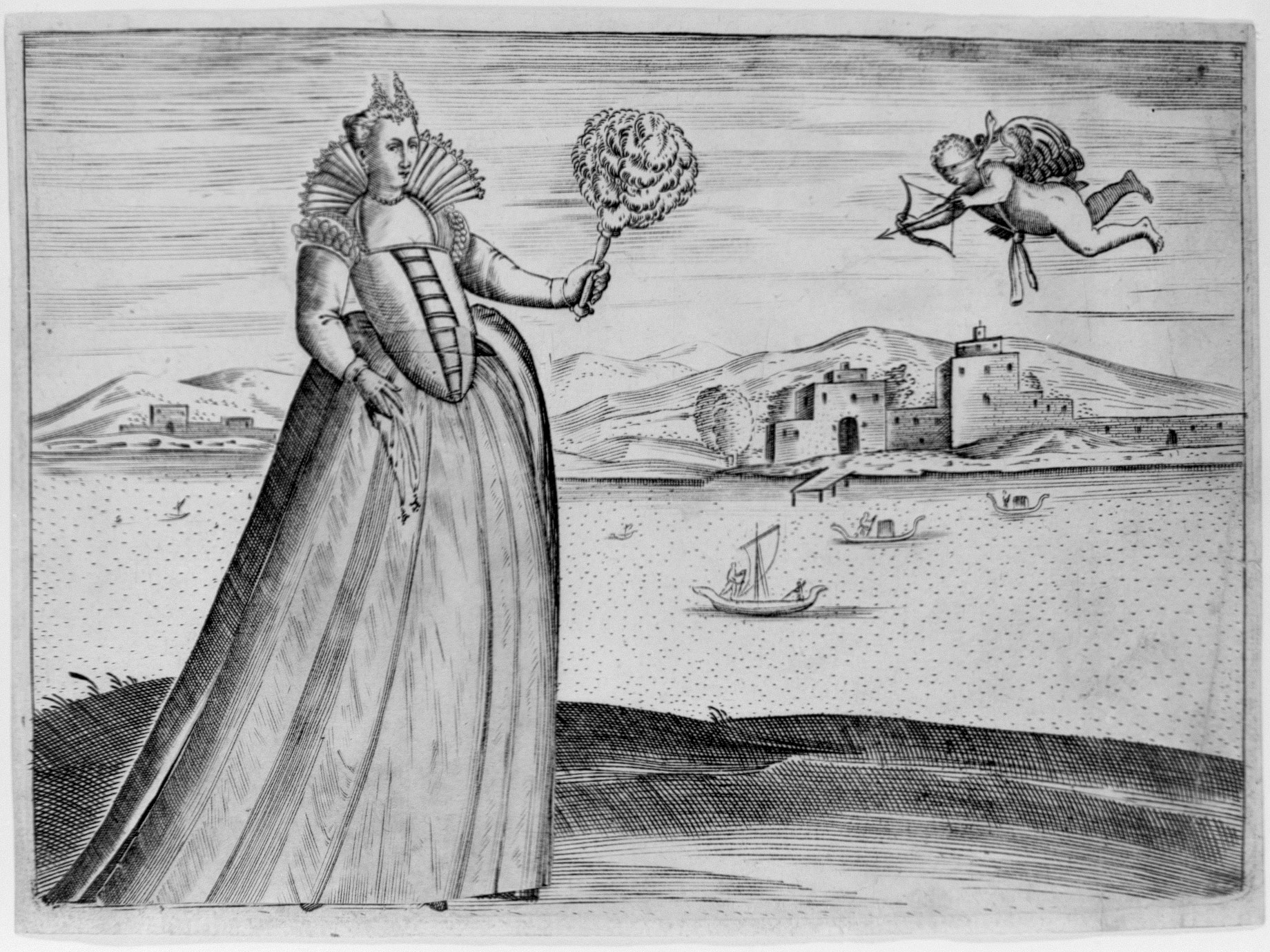
Courtesan and Blind Cupid, ca. 1588
Pietro Bertelli (Italian, Paduan, active late 16th–early 17th century)
Engraving and etching
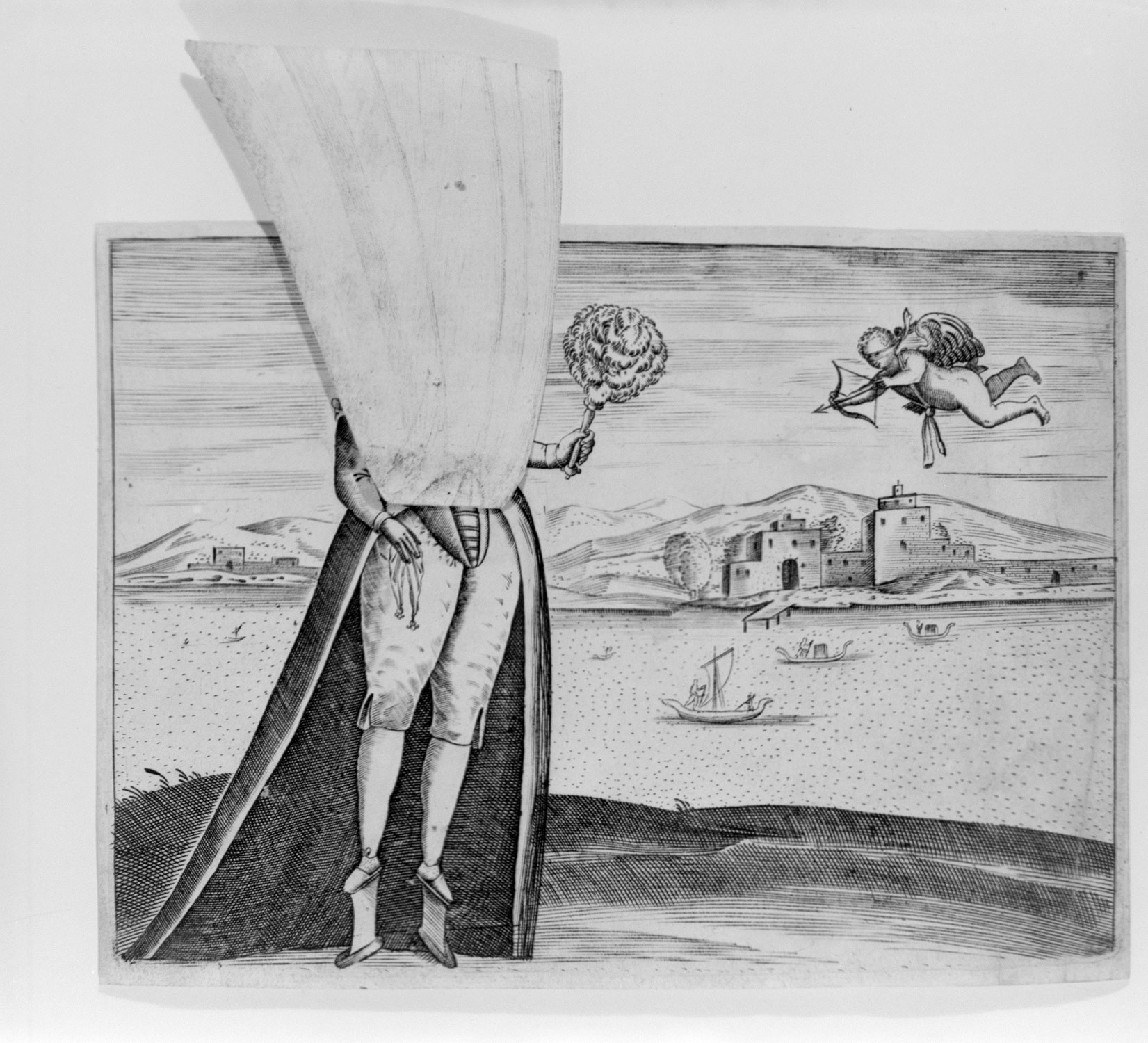
The Metropolitan Museum of Art
http://www.metmuseum.org/toah/works-o
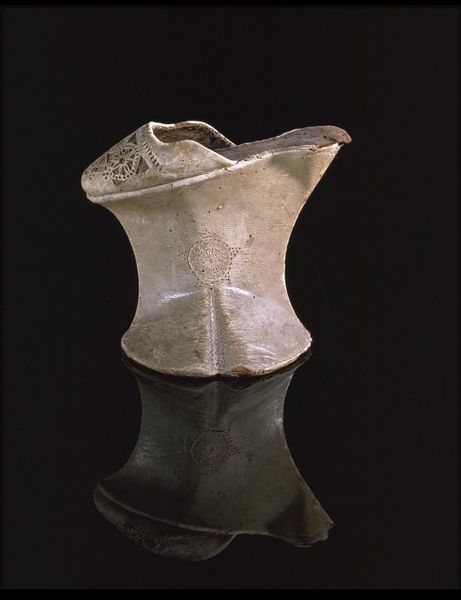
chopines 1600
Venice (city) (made)

Эти chopines из сосны. Дерева покрыто кожей, фигурные украшения из шелка. Подобные были более 50 см высотой.
----------------------------------

The flared sole of these chopines is reminiscent of a flower and is an elegant solution to the need for stability. Italian, c. 1590-1600 On loan from Comune di Firenze – Museo Stefano Bardin

Museum of Fine Arts Boston
--------------------Покрытые тканью-----------------
========================================

Эта пара chopines находится в удивительно хорошем состоянии , хотя они сделаны между 1580 и 1620гг. Each shoe is carved from a solid piece of wood, probably alder, that has been hollowed somewhat to make the shoes lighter in weight. Каждый ботинок вырезан из цельного куска дерева, вероятно, ольхи, которые были выдолблены, чтобы сделать ботинки легче по весу.
More:
http://www.batashoemuseum.ca/podcasts/2
------------------------------------

Эта пара является более скромной версией невозможно высоких chopines, которые были модными в Венеции в 16 веке. Они сделаны из пробки и покрыты модным дамасским шелком. Возможно, это было добавлено несколько позже. Они имеют длинную ленту вокруг лодыжки.
Подобные, покрытые кожей,с открытым носком- были у Elizabeth I.
They are made of cork covered with a fashionable 17th century silk damask. This was possibly added at a slightly later date. They have a long ribbon that ties round the wearer's calf and ankle.
Elizabeth I had pairs of leather pantobles made for her that were open at the toes, like the examples you see here.
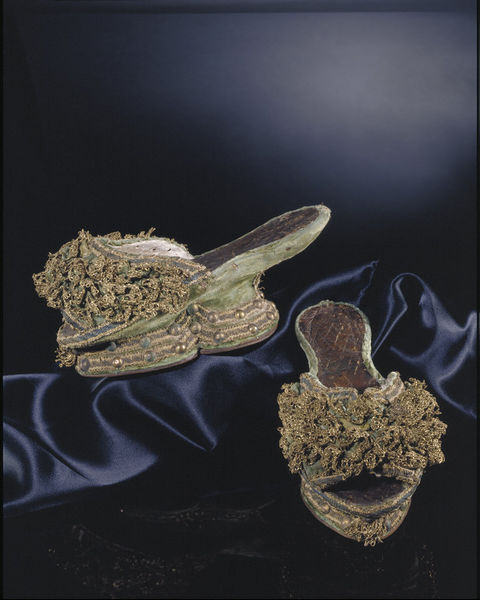
Эти chopines сделаны из дерева, покрыты бархатом и отделаны шелковой лентой и золотым кружевом. Верх с отверстиями для шнуровки. Это означает, что золотое шитье добавлено чуть позже. Тем не менее, кружево было сделано примерно в то же время, в конце 1500 или в начале 1600-х.
This delicate and elegant pair of chopines are made of wood covered with silk velvet and trimmed with silk ribbon and gold lace. The upper is divided with holes for lacing. This suggests that the gold lace which covers that area may have been added slightly later. However, the lace was made at about the same time as the shoes, in the late 1500s or early 1600s.
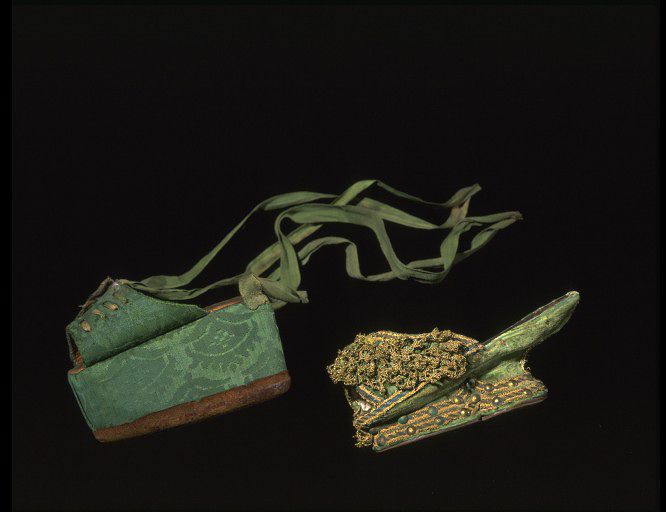
ca. 1580-1620 (made)

chopines from Italy dated 1580-1620.

Two low chopines: Left: Wine red velvet chopine trimmed with gold-coloured metallic braid (1580-1600). Right: Gold coloured velvet chopine (1600).
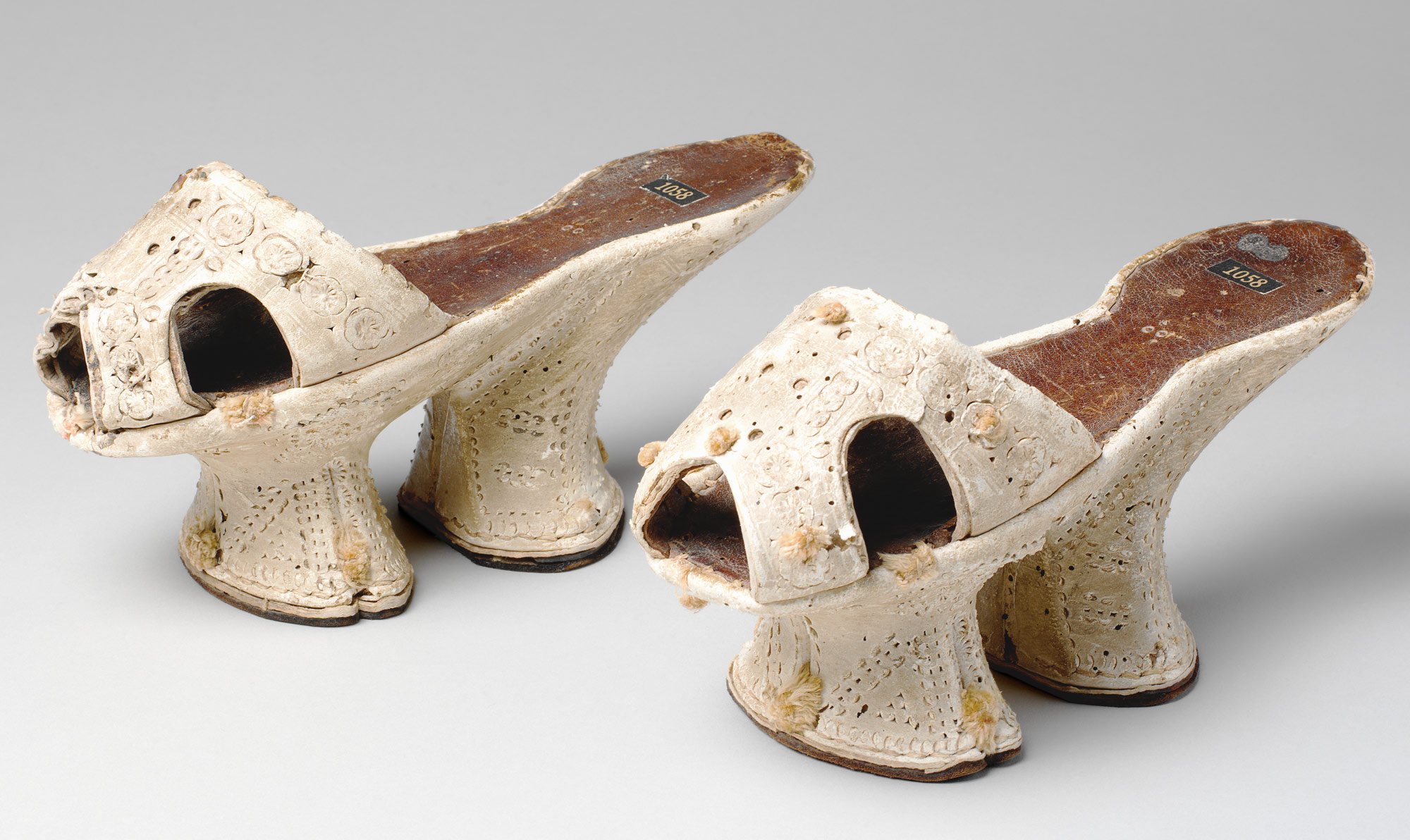
Chopines, ca. 1600
Venice
Leather, silk, and wood
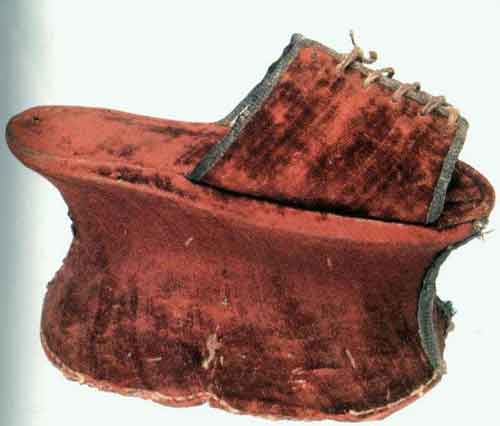
Bata_Shoe_Museum_Toronto
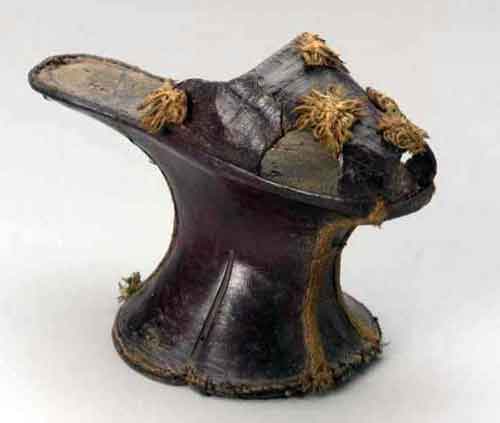
Museum of Fine Arts Boston
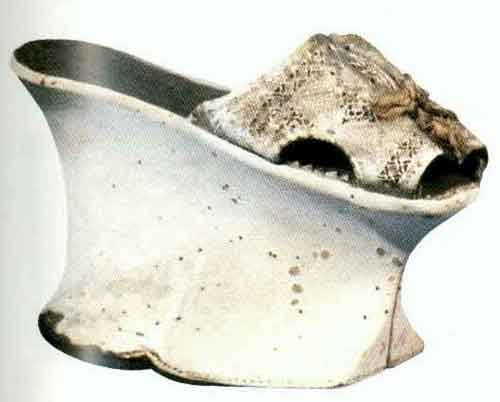
Bally Shoe Museum Schonenwerd Switzerland
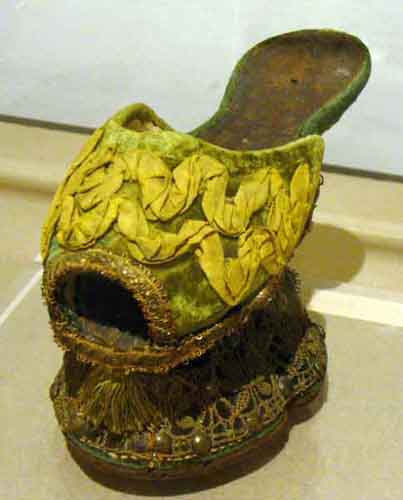
Museo Stibbert Florence

Museo Bardini Florence
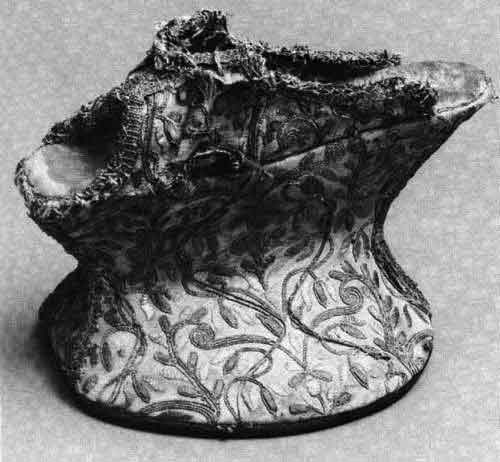
Ashmolean Museum London
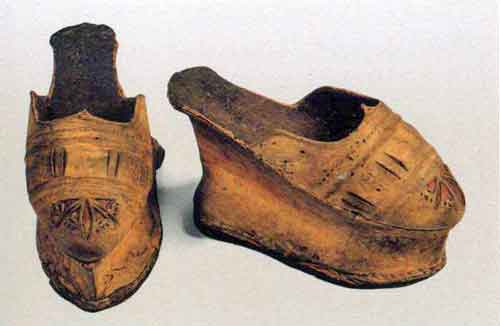
/Museo_Bardini_Florence
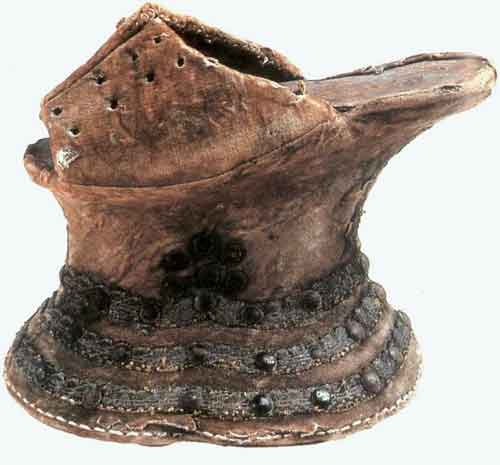
Bata Shoe Museum Toronto

Museum Weissenfels Germany
======================================
---------------------------
Chopine продолжают носить и в 18 веке; как традиционные, похожие на итальянские, так и на металлической подставке:

17th Century Swedish Chopine
----18 век:

Chopine, possibly 1740s, Venetian, Silk cut velvet with gilt-metal lace trim and linen lining, silk satin ribbon, metallic woven trim, metal nails, wood, and leather, Museum of Fine Arts, Boston. The Elizabeth Day McCormick Collection, Photograph © Museum of Fine Arts, Boston.
========================================

Это уникальная пара продавалась в аукционном доме Sotheby's 1987 в Лондоне, туфли на каблуке и цельной подошве середины 1600, которые были в чудесном состоянии.
Такая подошва делалась, чтобы каблуки не проваливались в мягкую почву или грязь.
========================================
Туфли на металлических кольцах известны с 15-16 века,даже с времен Рима. Здесь более поздние, но тоже достаточно старинные экземпляры из музея Виктории и Альберта:

This particular pair are of the later type with a wooden sole mounted above a metal ring, the whole thing worn over a pair of shoes and keeping the wearer's feet about an inch above the ground: this pair of pattens probably dates from 1780-1810, but the earliest printed mention of this type with the metal ring beneath is in 1575.
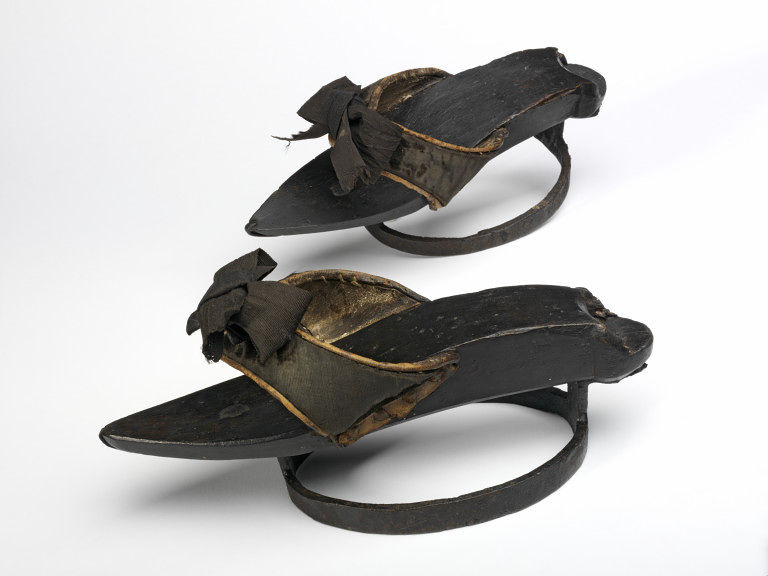
Они привязывались лентами или галуном.
1720s-1730s (made)
Pattens were worn to lift the shoe out of the dirt and damp.
These pattens, however, have pointed toes to fit a fashionable woman's shoe and a depression at the back where a small heel could sit. The shoe would have been fastened into the patten by means of ribbon-laced latchets. All this, and the fact that the latchets are covered in velvet, suggests that the patterns were worn by someone of considerable wealth.

Pair of pattens, early 19th century, Wood, leather, and metal
===================Китай,Япония,Корея,Ин

embroidered shoe from Beverley Jackson's collection.
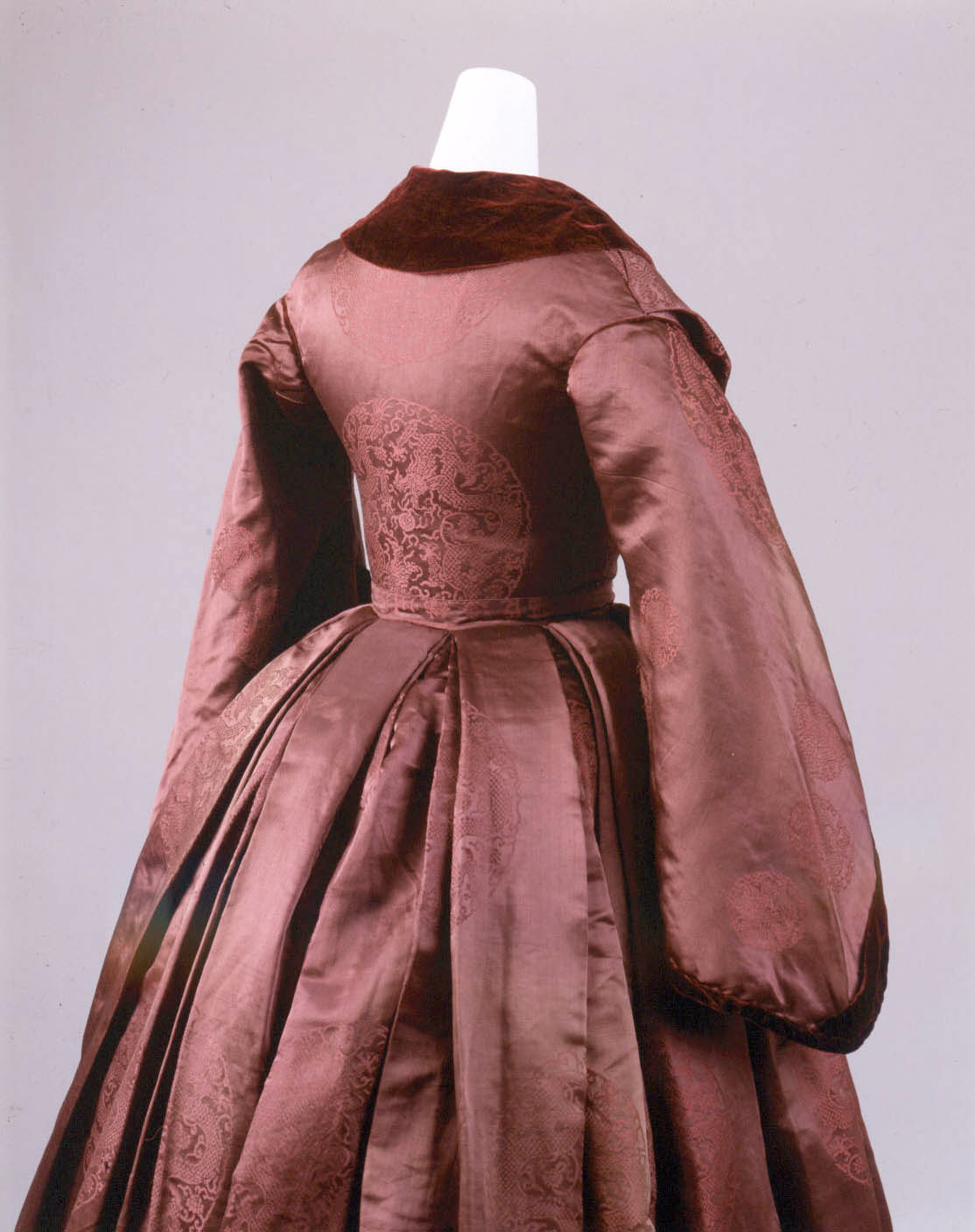
Shoe, 19th century
Chinese (Manchu peoples)
Silk, linen, wood, leather
-------------------

18th century Indian paduka. These look impossible to walk in:

19th century Korean namakshin:

shoes from the Edo period in Japan:
Обувь тайю - японской дамы юдзё, торгующей своим телом.
======================================
Часть 2-Part 2-Here:
http://marinni.livejournal.com/537847.h
Еще по теме:
---------------------------

Здесь:
http://marinni.livejournal.com/340397.h

Современная необычная обувь и "платформы", все посты-ТУТ
Итальянские куртизанки-Courtesans-HERE
Shoes, all posts-HERE. Обувь, все посты-ТУТ


Куртизанки, все посты-ТУТ
Бонус: древнеегипетские носки, им почти 1700 лет
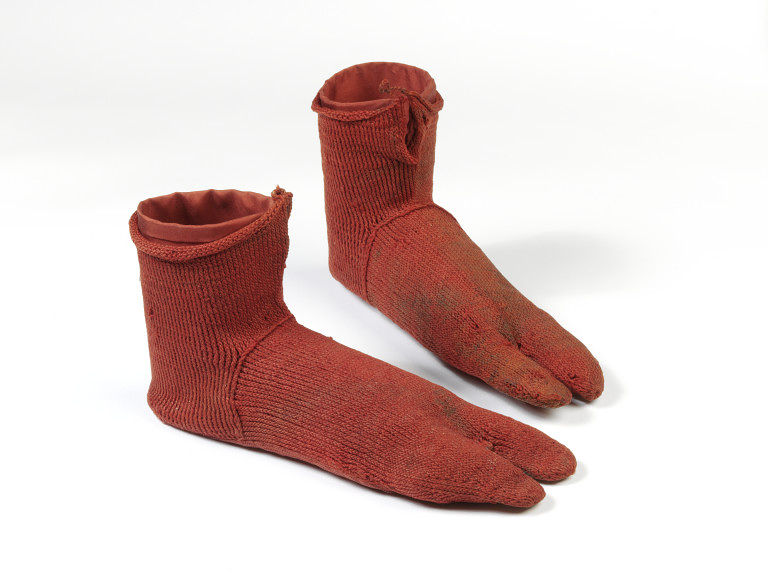
Pair of socks. Made in 300-499 AD, they were excavated in Egypt at the end of the 19th century. They have a divided toe and are designed to be worn with sandals.
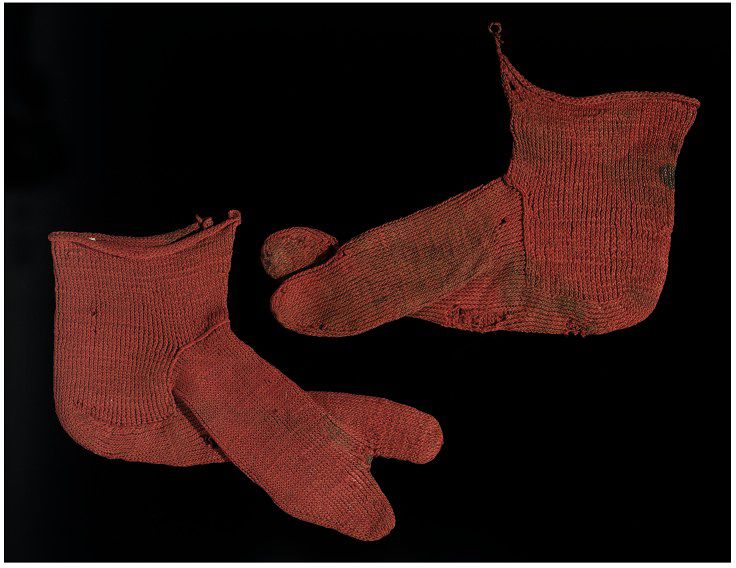
http://collections.vam.ac.uk/item/O1077

Комментариев нет:
Отправить комментарий